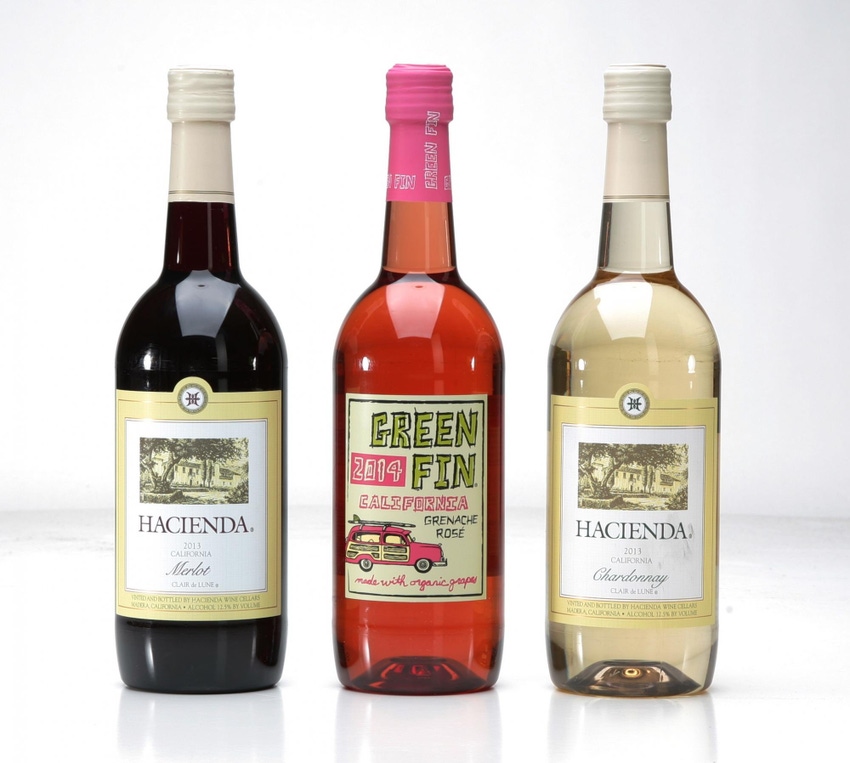Millennials are driving alternative wine packaging formats
Demand for wine packaging in the U.S. is forecasted to reach $2.9 billion in 2019, with an increase of 4.4% annually, according to a recent report from The Freedonia Group (Cleveland, OH). Growth will benefit from steady favorable gains in domestic wine consumption and production and increases in disposable personal income among millennials. Another contributing factor is that in the U.S. wine is becoming a common staple during meals at home rather than a beverage ordered out at restaurants or special events.
October 6, 2015

Demand for wine packaging in the U.S. is forecasted to reach $2.9 billion in 2019, with an increase of 4.4% annually, according to a recent report from The Freedonia Group (Cleveland, OH). Growth will benefit from steady favorable gains in domestic wine consumption and production and increases in disposable personal income among millennials. Another contributing factor is that in the U.S. wine is becoming a common staple during meals at home rather than a beverage ordered out at restaurants or special events.While glass is still the dominant packaging preference, it will continue to lose market share to a wide range of alternative package formats. In addition to bag-in-box packaging, other containers that are growing in popularity include plastic bottles, plastic cups and goblets, aseptic cartons, pouches and cans, due to performance features, product differentiation capability, and appeal to younger consumers, who are less attached to wine traditions than traditionalists and wine connoisseurs.Wine containers are rapidly diversifying in terms of package formats and sizes. The fastest growth for containers will fall outside your typical 750-ml size, including both smaller- and larger-sized offerings. Single-serving wine packaging will see strong advances, driven by their advantage of enabling wine to be taken to or sold in places that typically don’t allow glass containers. Also, single-serving containers enable wine to compete with beer in venues such as stadiums, theaters, concert halls and theme parks. Single-serving containers for wine include plastic bottles, aseptic cartons, cans, and cups and goblets, with cups and goblets are predicted to post the fastest gains, although from a small base.In response to this burgeoning market, PlasticsToday created a slideshow to capture some of these exciting new plastic packaging innovations.To view the next slide, click on the arrow under the image.
About the Author(s)
You May Also Like


